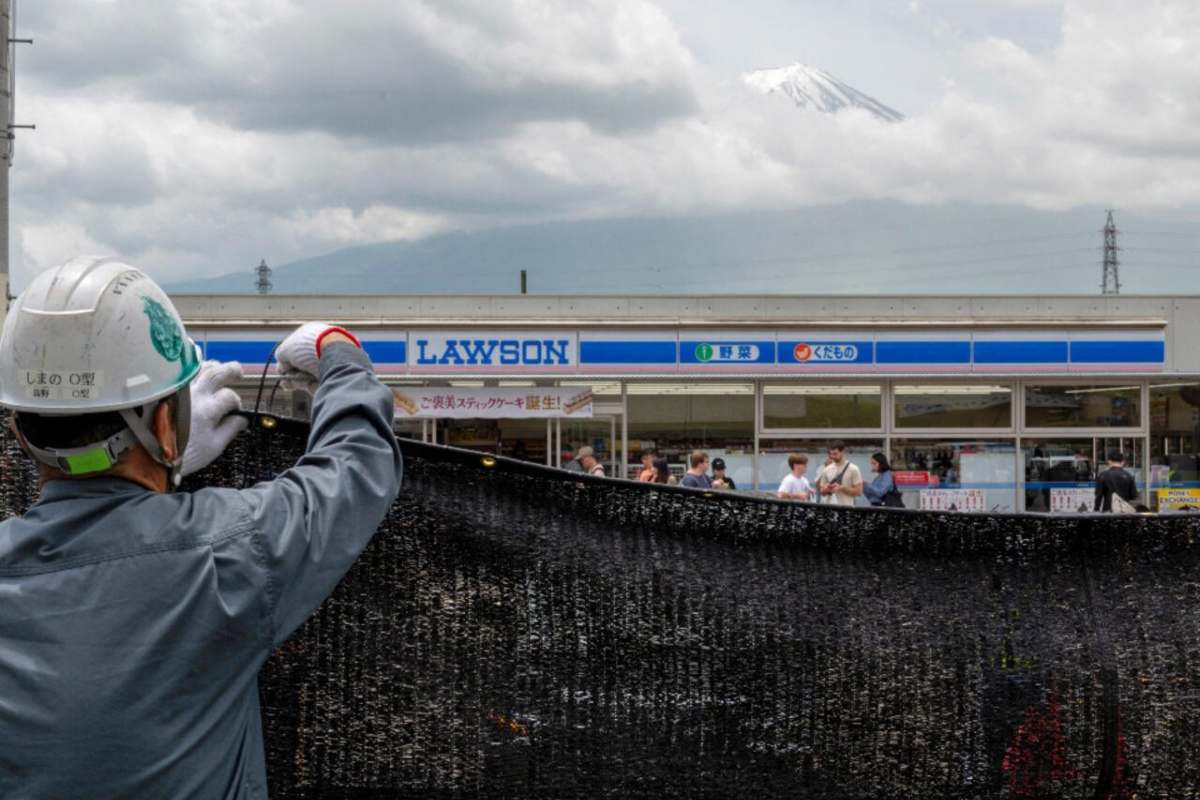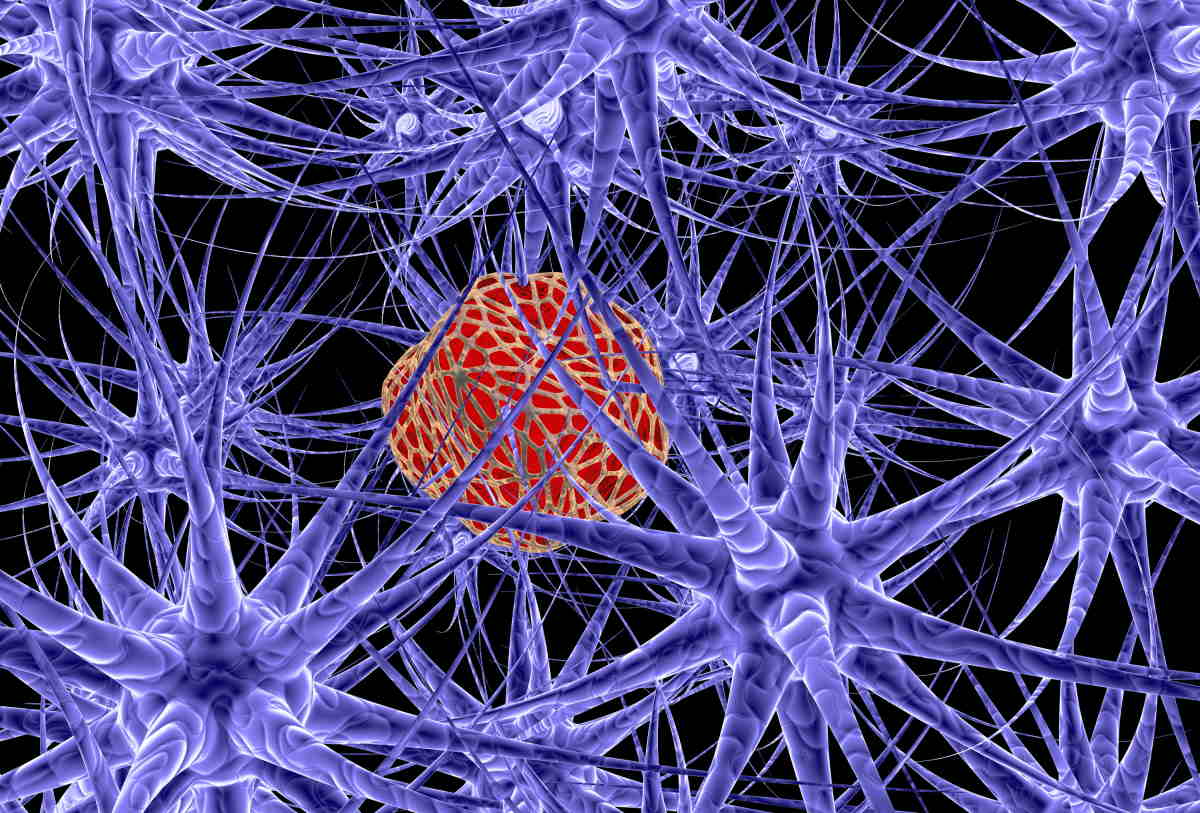No more overcrowding of tourists to take photos of Mount Fuji in one of the most panoramic points: a barrier 20 meters long and 2.5 meters high has been installed to hide the view

@CEKSINN/X
Starting yesterday, those who love posting selfies and photos on social media will face a new challenge. Visitors to Japan will no longer be able to capture images from one of the most iconic vantage points of Mount Fuji. In the small town of Fujikawaguchiko, workers have erected a 65-foot long and 8-foot high barrier to block the view of Mount Fuji from a scenic spot in front of a Lawson convenience store, a popular chain in Japan.
This drastic measure comes in response to the frustration of local residents, tired of the uncivil behavior of many tourists. The massive influx of visitors has led to significant issues, including littering, smoking outside designated areas, dangerous road crossings, and indiscriminate parking.
Some tourists even went so far as to climb onto the roof of a nearby dental studio to get the perfect shot. The municipality of Fujikawaguchiko in Yamanashi Prefecture has decided to intervene by constructing this barrier, drawing international attention as an example of managing the consequences of tourist overcrowding.
NO MÁS FOTOS DEL MONTE FUJI
| La icónica imagen del Monte Fuji tomada en la calle de Fujikawaguchiko ya no se podrá hacer.
Autoridades decidieron bloquear el paisaje porque los turistas provocaban demasiado tránsito al momento de tomar la foto.

FRANCK ROBICHON (EFE) pic.twitter.com/6nOPJQ6z2Q
— Nuestro Diario (@NuestroDiario) May 21, 2024
More than just a photo blockade
In recent years, Japan has faced an unprecedented tourism boom, fueled by a record post-pandemic demand and the devaluation of the yen to historic lows over the last thirty years. For the first time, in March and April of this year, visitor numbers exceeded three million.
Mount Fuji is one of the main targets of this “invasion” of tourists, and the Japanese government is trying to contain the flow. This summer, hikers using the most popular route to climb the mountain will have to pay about $18 per person, with a maximum limit of 4,000 entries to alleviate congestion.
Covered in snow for most of the year, it attracts over 220,000 visitors between July and September, many of whom climb overnight to see the sunrise. This intense influx creates safety and environmental issues. Other popular photography spots in the region, like the Fuji Dream Bridge, are also facing similar complaints from residents.
Despite the new barrier, tour operators are ready to adapt. Some are already planning to take visitors to another nearby convenience store, where a similar view of Mount Fuji can be admired. This alternative solution will allow tourists to continue enjoying the beauty of Mount Fuji, while alleviating pressure on Fujikawaguchiko.
Japan’s iconic view of #mountfuji is blocked in #fujikawaguchiko – but can a black screen come between tourists and their insta moment?
We went to the picturesque town to find out. #Japan #overtourism #tourism #fujisan@BBCNews pic.twitter.com/CD0wmoIUbr
— shaimaa khalil BBC (@Shaimaakhalil) May 21, 2024


